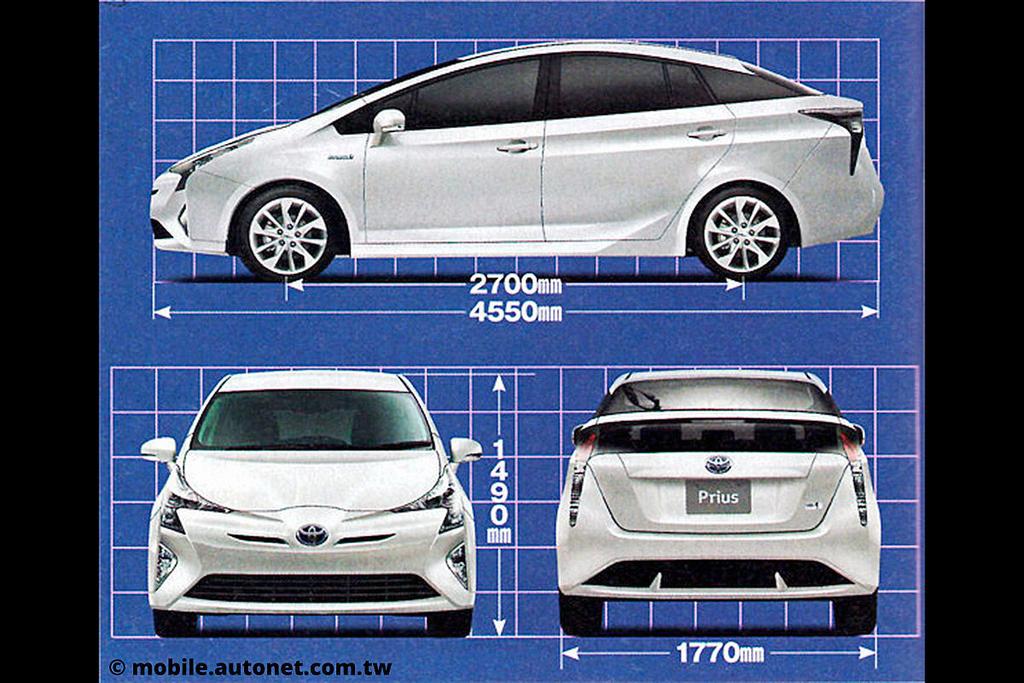
Credit: Julien JODRY/Twitter
If these images prove to be genuine, it looks like Toyota still doesn’t understand the impact of wheel height on efficiency.
Although it resembles the Toyota Mirai fuel cell vehicle in that respect

Credit: Green Car Reports
Claimed fuel consumption of 2.5 l/100km is extraordinary.
http://www.themotorreport.com.au/61892/toyota-prius-images-and-specs-for-all-new-model-leaked / Toyota’s all-new Prius hybrid range Tokyo Motor Show images may given the game away Japanese carmaker next generation next-gen Prius Toyota Taiwanese website Autonet published images reportedly scanned from official Toyota literature new Prius’ technical specifications green hero fuel consumption report claims official figure 2.5 l/100km 2.5 litres per 100 kilometres kilometers improved improve improvement fuel petrol gas gasoline gasolene current model of 1.4 l/100km based on its Australian figure 36 percent fuel consumption new plug-in hybrid PHEV version 1.42 l/100km all-electric range up to 50km Toyota two-tier approach styling next Prius PHEV version syling take cues new Mirai hydrogen fuel-cell Prius grow in size weight will drop power output 1.8 litre four-cylinder petrol engine 78kW constantly variable transmission CVT automatic development develop hybrid powertrain /
